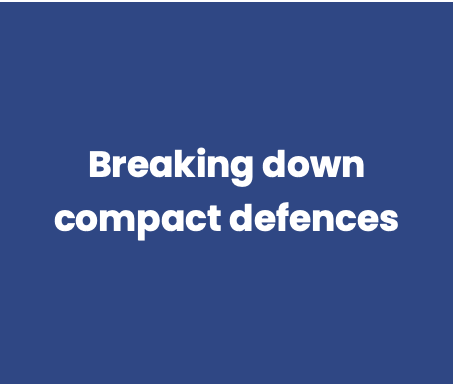Key Moments to Use Mobility
The attacking principle of Mobility and Interchange of Positions can be applied during various moments in a match to unsettle the opposition’s defence and create goal-scoring opportunities. Here are some key moments when a team should use Mobility and Interchange of Positions:

When a team regains possession, employing Mobility and Interchange of Positions can help create space and facilitate a smooth transition into the attacking phase. For example, a midfielder can switch positions with a forward, drawing defenders out of position and opening up space for other teammates to exploit.

Mobility and Interchange of Positions are essential when facing a compact and well-organized defensive structure. Players should constantly change positions and make runs off the ball to force defenders to make decisions and create gaps in their formation. For instance, a winger can swap places with a central midfielder, causing confusion among the opposition’s defence and potentially creating space for a decisive pass or shot.

During quick transitions, applying Mobility and Interchange of Positions can help exploit gaps in the opposition’s defensive organization. As the team breaks forward, players should switch positions and make unpredictable runs to stretch the defence, creating space for decisive passes or shots on goal.

Applying Mobility and Interchange of Positions principles during set-pieces, such as corner kicks or free kicks in the attacking third, can create scoring opportunities by targeting weaknesses in the opposition’s defensive organization. For example, during a corner kick, attacking players can swap positions and make well-timed runs to confuse defenders and find space for a header or volley.

Mobility and Interchange of Positions can be used to capitalize on errors made by the opposition’s defence, such as poor positioning or miscommunication. For instance, if a defender is drawn out of position, a well-timed interchange between attackers can exploit the space and create a goal-scoring opportunity.
.